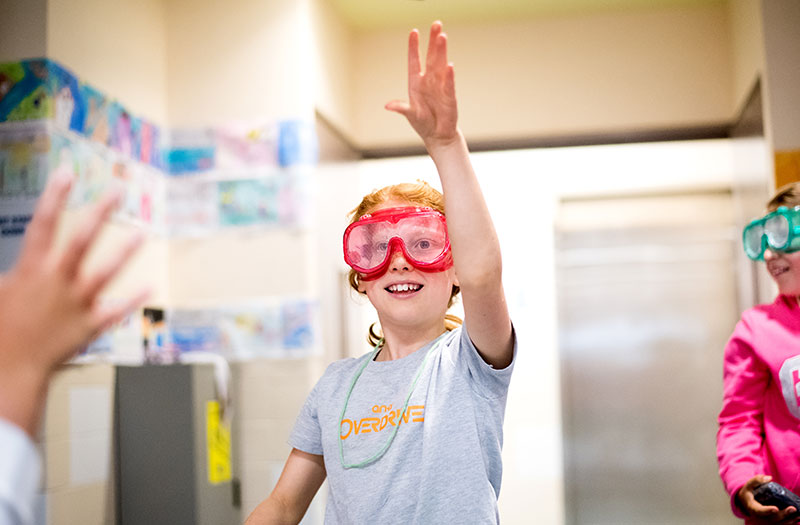6. What is a Living Thing Unit: Draw an Alien in its Natural Habitat (extension)
Students will draw an “alien” living in a natural habitat not on Earth while using what they have learned about living things (humans, plants, animals)
Students will draw an “alien” living in a natural habitat not on Earth while using what they have learned about living things (humans, plants, animals)
Students will use the amylase starch digestion experiment to see enzymes inaction. After they’ve done a run-through of the basic protocol, they’ll add a variableof
In this activity, students will model how the parasitic malaria protist Plasmodiumfalciparum evades the host immune response through a phenomenon called antigenswitching. Specifically, slips of
In this activity, students are asked to design a bacterial biosensor device on paper. Students are offered a scenario: they have a choice of two
This activity explores genetic engineering as a tool to construct new cellular organisms, usingthe pGLO Bacterial Transformation Kit from BioRad, but framing it as a
“What is a Living Thing and How Does a Living Thing Respond to Its Environment?” is a unit designed to be taught prior to teaching
This activity introduces students to ethics and bioethics. Bioethics concerns some of the more difficult dilemmas and decisions facing scientists as science advances, particilarly in
This activity connects the engineered oil-eating abilities of microbes to large-scale bioremediation efforts. Students will observe microbes break down oil in water over the course
In this activity students construct an analogy between the central dogma and a robot “running a program”. Students are first asked to place the central
This is an activity that allows the instructor to identify any misconceptions about cells. It’s a great introduction into cells and the characteristics of living
All of SEP’s programs are offered free-of-charge. To do this work, SEP must annually raise nearly $2 million. Every donation brings us closer to that goal and helps to make this important work possible.

As part of UCSF, SEP is a 501(c)3 non-profit. All donations are tax deductible to the fullest extent of the law. Please let us know if your company participates in a matching gift program so that we can extend the benefit of your generosity.